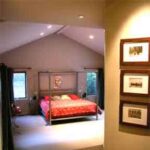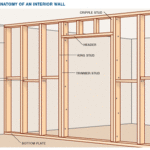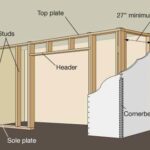Transform your walls with wall paneling. This article shows creative uses of different types of paneling, from classic shiplap to modern 3D designs.
While drywall is a common and practical material for interior walls, installing wall paneling offers an opportunity to add character and visual interest to your home. This article looks at a variety of ways that wall paneling can be used to enhance your home décor.
Wall paneling is especially effective if you want to create an accent wall—or simply add character and dimension to a room. With the wide range of materials and styles available, you can take advantage of anything from board paneling and wainscoting to innovative 3D textures and geometric patterns.
Important Note: The cost estimates offered below are averages that can vary significantly. It’s always best to get quotes from local contractors for accurate pricing.
Here’s a look at some popular options, categorized by their basic form:
Wood Board Paneling
This category includes wall paneling made from individual wood boards. They may be applied to a wall vertically, horizontally, or even diagonally. Patterns include boards with edges that overlap or interlock. Expect to pay between $10 and $40 per square foot for materials and installation.
Sheet Paneling
This category includes paneling options made from large (usually 4-by-8-foot) sheets of material, that often provide an overall smooth and consistent surface.
- MDF panels. MDF (medium-density fiberboard) panels are a popular and affordable choice for wall paneling. They offer a smooth surface that imitates the look of wood or other materials. MDF is relatively easy to work with, making it a good option for DIY projects. However, MDF can be susceptible to moisture damage, so it’s important to seal it properly, especially when it’s installed in areas like bathrooms and kitchens. Costs for MDF wall paneling typically range from $4 to $15 per square foot for materials and installation.
View this post on Instagram
This design shared by @labconstruction shows how appealing MDF wall paneling can look in an otherwise simple space.
- Laminate panels. Cost-effective laminate panels let you affordably achieve the look of real wood or other materials. Made by bonding a thin layer of decorative material (like wood veneer or a printed pattern) to a substrate, such as MDF or particleboard, laminate panels are durable, easy to clean, and resistant to scratches and stains, making them a practical choice for high-traffic areas. They are available in many styles and finishes, so your design options are almost unlimited. On the downside, laminate panels can be susceptible to moisture damage, and —up close—most don’t look like real wood. Cost for laminate wall paneling typically ranges from $3 to $12 per square foot for materials and installation.
- Slat wood paneling. Slat wood paneling—a contemporary option—has a modern, sophisticated look. It features evenly spaced wooden slats that are attached to a panel backing—the appearance is very linear. This type of paneling is popular for accent walls or for adding visual interest to a particular area, as shown in the photo below. The rich wood tones and the vertical lines of the slats create a sense of height and drama. Slat wood paneling is sold with different slat widths, depths, types of wood, and finishes. Because these are large panels, this type of paneling is relatively easy to install, making it a popular choice for DIYers. Cost ranges from $10 to $50 per square foot for materials and installation, depending on the type of wood, panel size, and the installation difficulty.
Specialty Paneling
This category includes paneling options with unique characteristics or specialized applications.
- 3D wall panels. For a modern and dynamic look, consider 3D wall panels. These textured panels are made from several different materials, including PVC, MDF, or wood, and they come in a wide array of patterns and textures. They can be used to create stunning accent walls or to cover entire room walls, to create a stunning and unique visual element. On the downside, 3D wall panels are usually more expensive than traditional paneling options and are often harder to install. Costs can range from $15 to $50 per square foot for materials and installation.
- Reclaimed wood. This is an option that is both rustic and sustainable. With salvaged wood, each piece is unique, and often tells a story. The result is paneling that adds character and a sense of history to a space. It can be more expensive and difficult to source than newer wood boards and, because of the irregularities of salvaged wood, can be tricky to install—it usually calls for more preparation and finishing. Costs can range from $25 to $80 per square foot for materials and installation.
- Wainscoting. Wainscoting is a traditional type of wood paneling that covers the lower portion of walls. Most installations feature raised panels and decorative moldings, adding architectural detail and a classic touch to spaces like dining rooms, hallways, and bathrooms. Wainscoting is chosen for its style, but also because of it’s durability and ability to protect walls from damage. It’s usually more expensive and complex to install than simpler paneling styles. Costs can range from $15 to $50 per square foot for materials and installation.
Upholstered Wall Panels
View this post on Instagram
This tranquil bedroom, designed by Taylor Wimpey Langdale (@langdale.at.thelees), features upholstered wall panels that create a sense of luxury and softness. While not considered conventional wall paneling in the traditional sense, upholstered panels add texture, warmth, and personality to walls.
The light hues and plush texture of the fabric in this installation create a serene atmosphere, perfect for a restful night’s sleep. Upholstered wall panels like these are popular for bedrooms. They can add a touch of coziness and even serve as a headboard.
Benefits of Wall Paneling
Wall paneling offers more than just good looks. It can enhance your home in a variety of ways, both practically and aesthetically. Here are some key benefits to consider:
- Concealing imperfections. Wall paneling can effectively hide a multitude of wall flaws, from minor cracks and dents to more significant damage or irregularities. It can also conceal unsightly elements like exposed wires or uneven surfaces, creating a smooth and polished look.
- Protection and durability. Paneling protects against everyday wear and tear. This is especially helpful in high-traffic areas or homes with kids and pets. Moisture-resistant options like PVC paneling are ideal for bathrooms and kitchens, preventing water damage.
- Ease of installation. Compared to other wall treatments like decorative painting or applying textured finishes, wall paneling is relatively easy to install. Many paneling systems feature tongue-and-groove designs, allowing for quick and easy installation.
- Long-lasting beauty. Unlike wallpaper or paint that may require frequent touch-ups or replacement, durable wall paneling can maintain its beauty for many years. Choose materials that resist water damage, scratches, and similar damage for a long-lasting solution.
- Insulation and sound absorption. Some types of wall paneling (like upholstered wall panels) offer insulation benefits, helping to regulate temperature. Certain panels can also improve soundproofing by absorbing sound, minimizing noise transfer between rooms and creating a more peaceful environment.



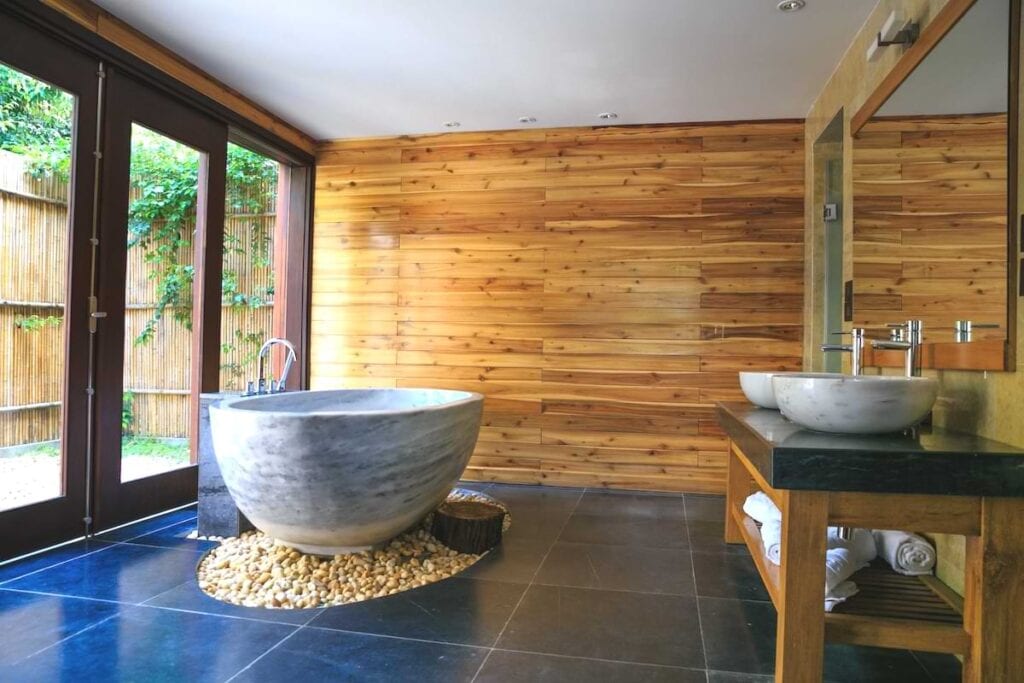
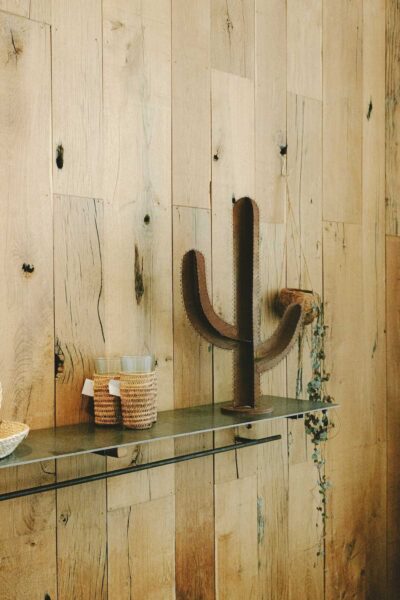
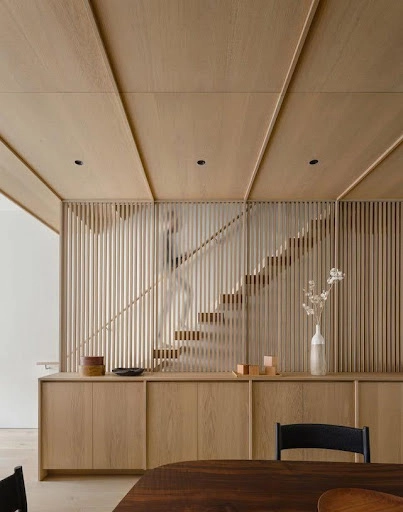
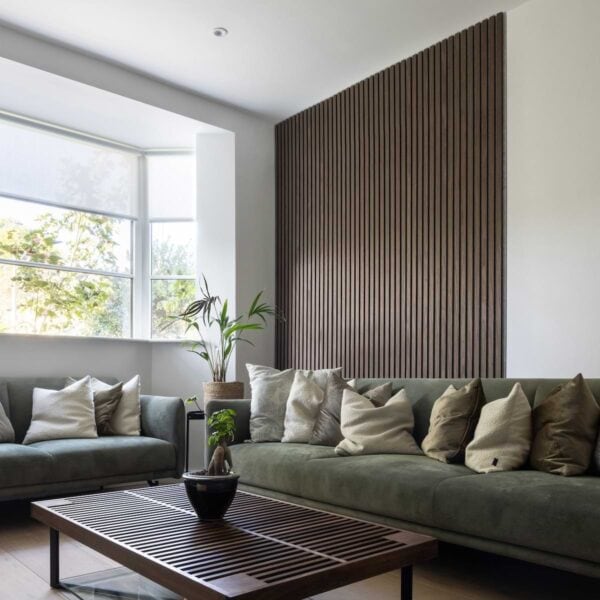
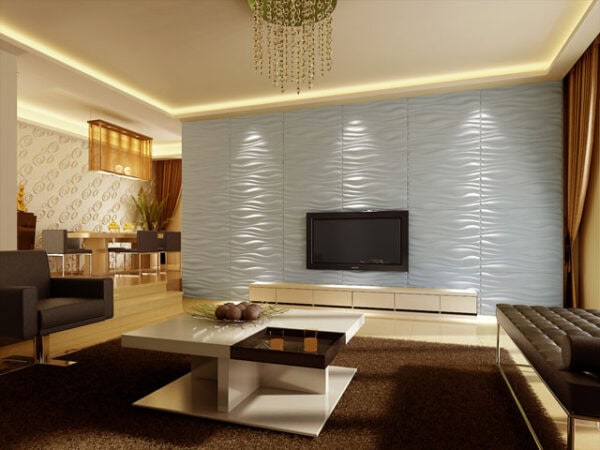
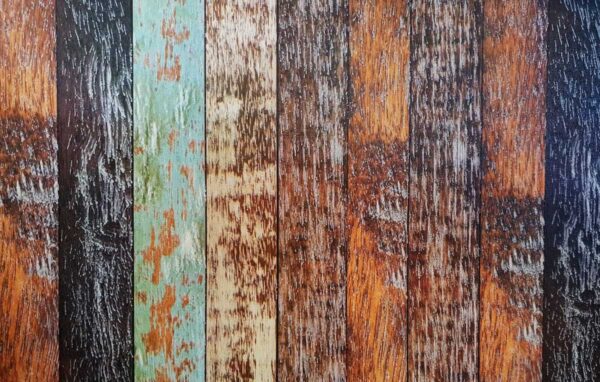
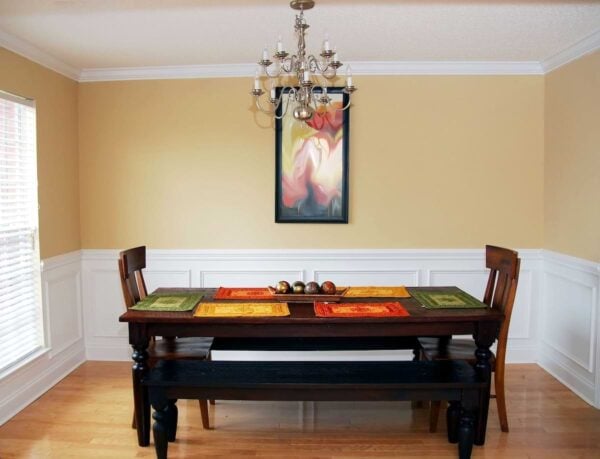
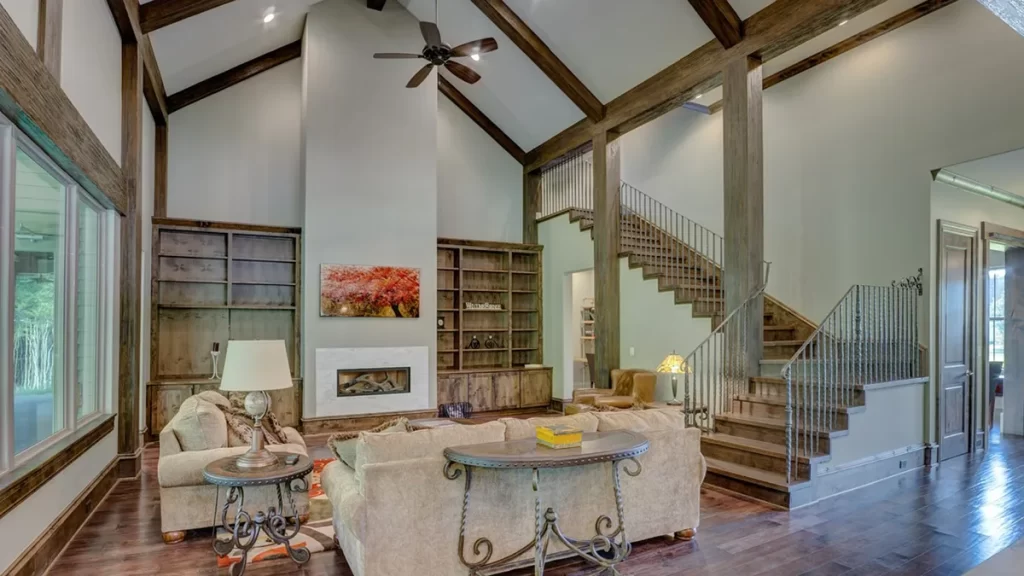

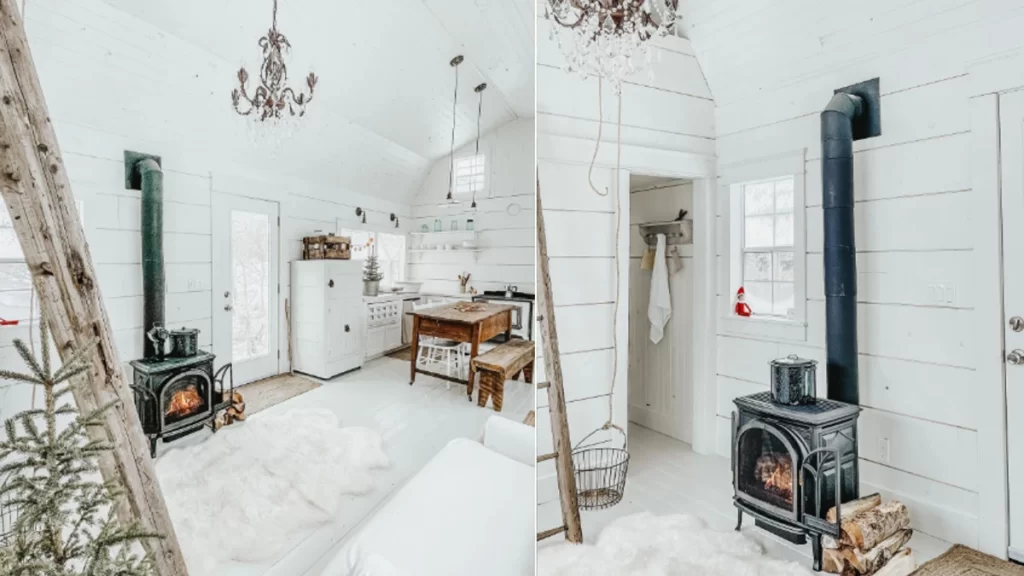
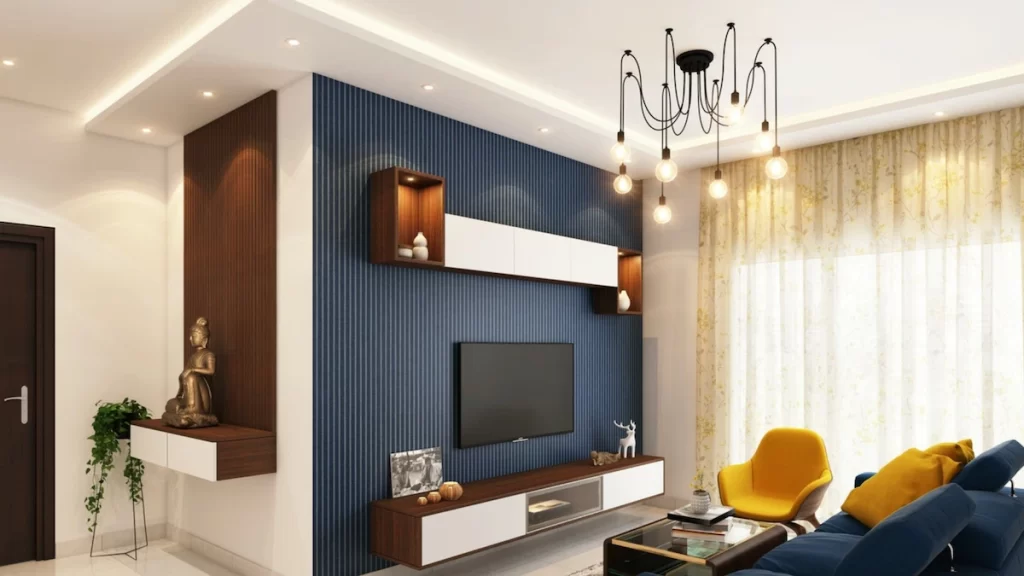
 Don Vandervort writes or edits every article at HomeTips. Don has:
Don Vandervort writes or edits every article at HomeTips. Don has:
